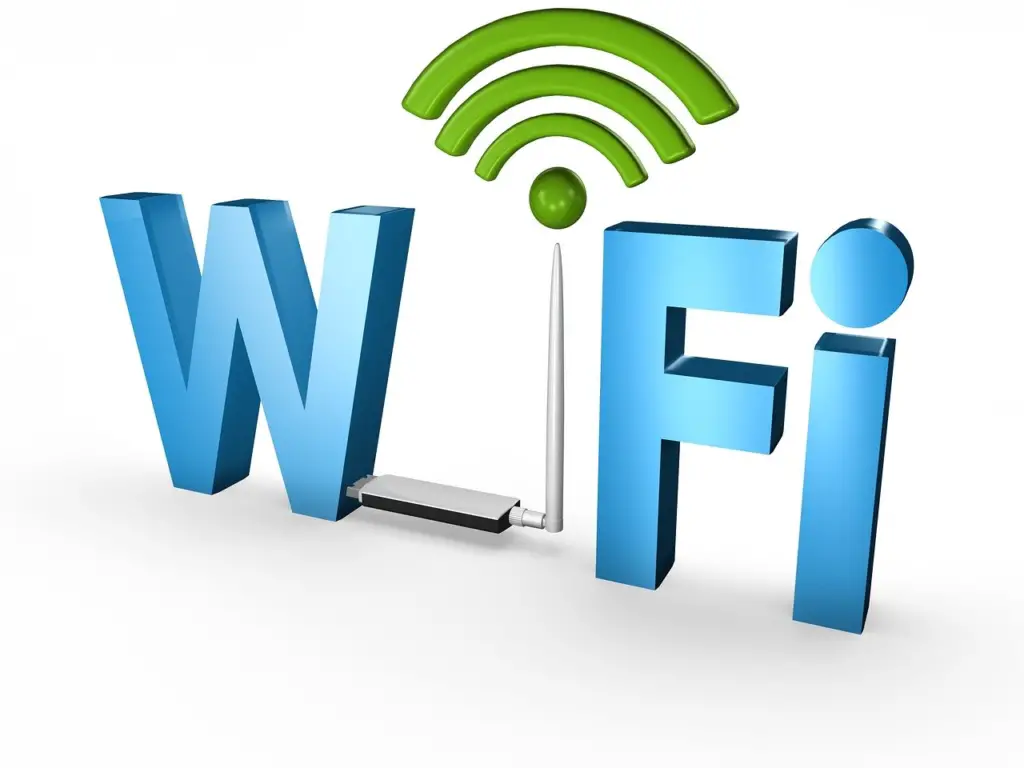

*3 Equivalent Isotropically Radiated Power (EIRP) is terminology for the total RF power radiated by the antenna. *2The FCC ruling states that for every 1dBi the Intentional Radiator is reduced below the initial 30dBm that the antenna gain may be increased from the initial 6dBi by 3dB. *1 The FCC terminology of Intentional Radiator is the transmitter power of the wireless equipment, such as a wireless access point, router or bridge. Maximum Power from Intentional Radiator *1 In the U.S., for example, the Federal Communications Commission (FCC) has enacted the following rules for 2.4 GHz and 5 GHz band Tx power: FCC 2.4 GHz BAND RULES (POINT-TO-POINT) This is because regulatory agencies of various countries have established divergent laws regarding permissible maximum Tx power levels. Also, 2.4 GHz radios have larger coverage areas than 5 GHz radios.Īlthough the WiFi family of standards (viz, 802.11ac) establishes several parameters for WiFi interoperability, it doesn’t address transmit (Tx) power levels. Note this number reflects outdoors WiFi range expect half this distance indoors due to obstructions such as walls, floors and signal interference sources (e.g., microwave ovens and other wireless devices). Unlike FM and AM radio stations, which broadcast across miles of coverage, a WiFi signal is meant to encompass only a radius (i.e., “radio cell size”) of about 300 feet (91.44 meters). Signals weaker than 1 mW have negative dBm values signals stronger than 1 mW have positive dBm values.” What is a WiFi Router’s Power Level?Īs mentioned above, WiFi operates on extremely low power. Remember that “a 1 mW signal has a level of 0 dBm. Hence, the closer to 0 dBm, the better the signal is.” Thus, the use of dBm to express signal strength is preferred.Īccording to, “the difference between the two is that RSSI is a relative index while dBm is considered an absolute number representing power levels in mW.

However, RSSI is not standardized, and measurement scales vary between vendors. ( We assume that zero is a number we’ll let readers debate zero’s existential nature.)Īnother common power signal measurement used by many WiFi adapter vendors is received signal strength indicator ( RSSI). Thus, mW WiFi signal measurements result in many, many decimal places with the number zero. Truth be told, while using mW to measure WiFi signal strength is more accurate than dBm, it’s also a hassle since WiFi operates on extremely low power. But it’s also used for measuring WiFi signal strength and is a more convenient point of reference than expressing power levels in mW. One can find many definitions for dBm that refer to signal power measurements in wired cables. When measuring signal strength in microwave, fiber optic and radio networks, the term “dBm” is frequently used. Still, dBm is a ratio, and thus is dimensionless yet an absolute unit since a dBm rating compares to a watt’s fixed reference value. Like the watt, it measures absolute power, which makes it unlike the decibel, a dimensionless unit. Strictly speaking, dBm expresses a ratio of a level of power between decibels and milliwatts. (We assume you use WiFi.) Like, why does WiFi work better in the kitchen instead of the bedroom? Let’s learn about WiFi signal strength, milliwatts (mW), decibels (dB) and dBm. If you’re “telecommuting,” you’re spending considerable time on your home computer and probably noticing some quirks about your WLAN. Thanks to the Coronavirus, more employees worldwide now work from home using the Internet. What Is WiFi Signal Strength What Is WiFi Signal Strength?


 0 kommentar(er)
0 kommentar(er)
